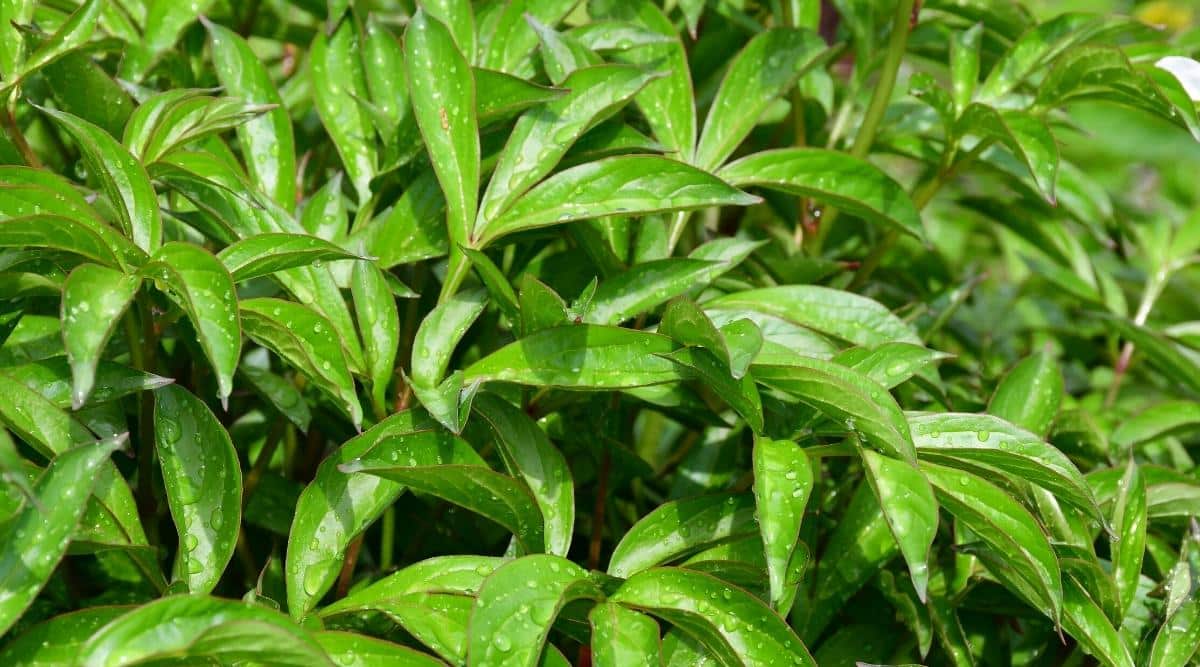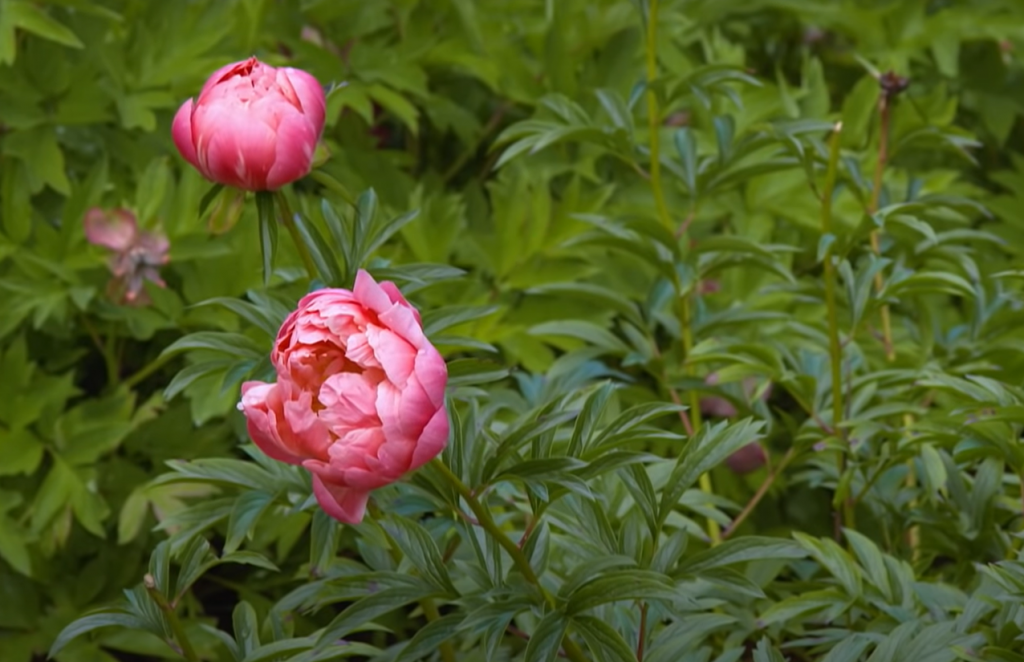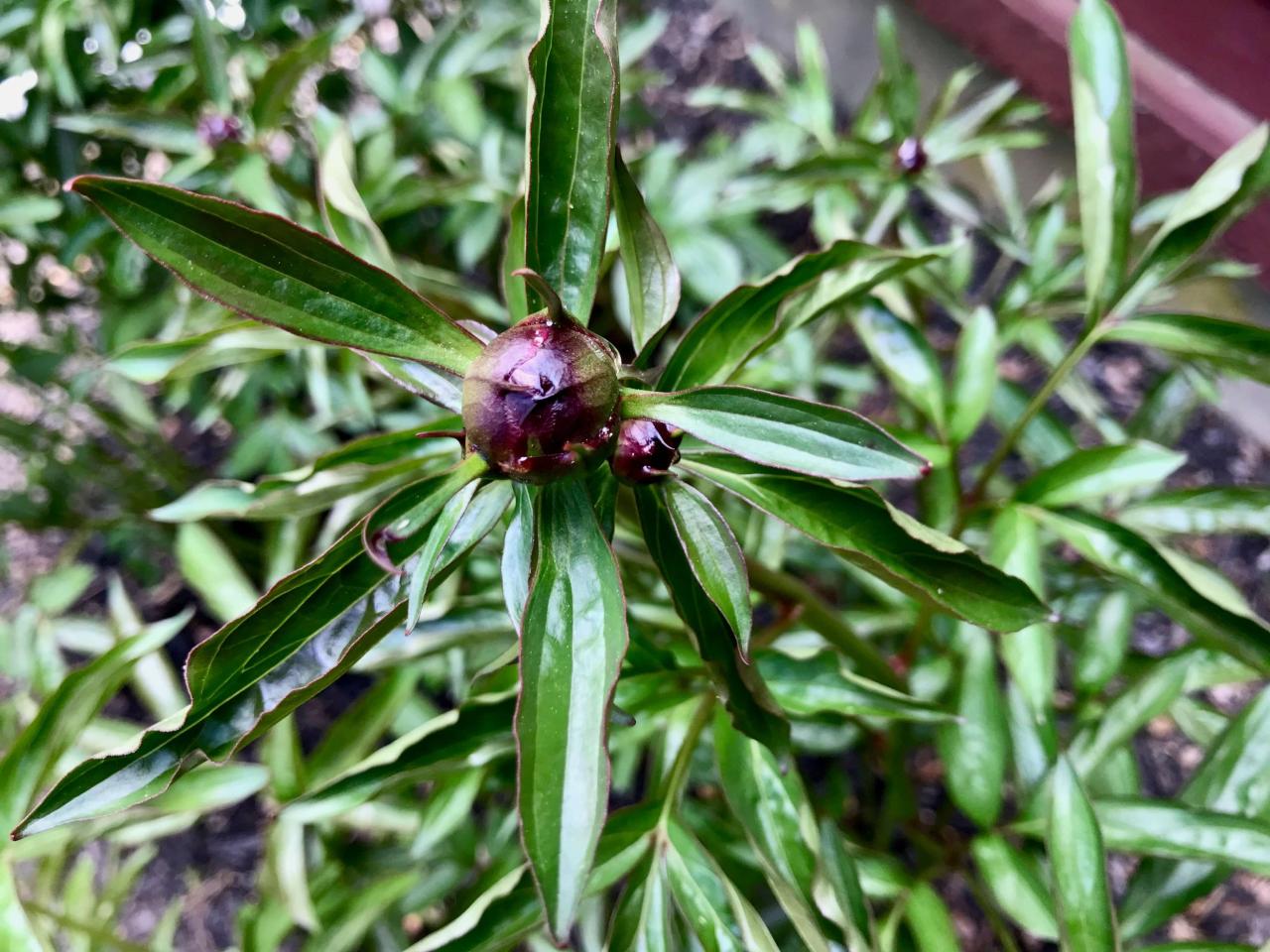Peonies are beloved for their stunning blossoms and delightful fragrance, but they are not without their challenges. One common issue gardeners face is leaf curl on peonies. This phenomenon can be concerning for both novice and experienced gardeners, leading to questions about its causes, symptoms, and solutions. Understanding leaf curl on peonies is crucial for maintaining the health and beauty of these magnificent plants. In this article, we will delve deep into the causes of leaf curl on peonies, how to identify it, and most importantly, how to prevent and manage this problem effectively.
What is Leaf Curl on Peonies?

Leaf curl on peonies is a physiological condition where the leaves begin to curl or distort, resulting in an unsightly appearance. This curling can occur for several reasons, ranging from environmental stress to pest infestations. Identifying the type of leaf curl affecting your peonies is the first step toward resolving the issue.
Common Causes of Leaf Curl on Peonies
Several factors can lead to leaf curl on peonies. Understanding these causes can help you take preventive measures and implement the right solutions when necessary.
1. Environmental Stress
Peonies are sensitive to environmental conditions. Here are some common stress factors:
- Temperature Extremes: Sudden fluctuations in temperature can lead to leaf curl. Peonies thrive in temperatures between 60°F and 70°F (15°C – 21°C).
- Improper Watering: Both overwatering and underwatering can stress peonies. They prefer well-drained soil that is moist but not soggy.
- Humidity Levels: Low humidity can cause leaves to curl, while high humidity can promote fungal diseases.
Always ensure that your peonies are planted in a location that receives adequate sunlight and protection from harsh weather conditions.
2. Pest Infestations
Various pests can attack peonies and cause leaf curl. Here are the most common culprits:
| Pest | Description | Symptoms |
|---|---|---|
| aphids | Small, soft-bodied insects that suck sap from plants. | Leaves may curl, yellow, and become distorted. |
| Spider Mites | Tiny arachnids that create fine webs on the plant. | Leaves may appear speckled and curl inward. |
| Thrips | Small insects that feed on plant tissue. | Leaves can curl and show silver streaks. |
3. Fungal and Viral Infections
Leaf curl can also result from infections that affect the plant’s health:
- Botrytis Blight: A fungal disease that can cause leaf distortion.
- Viral Infections: Some viruses can result in leaf curling and discoloration.
Regularly inspecting your peonies can help you catch pest infestations and diseases early on, leading to more effective management.
Identifying Leaf Curl Symptoms
Recognizing the symptoms of leaf curl is vital for timely intervention. Some common signs include:
- Curling leaves that may appear crispy or wilted.
- Discoloration of the leaves, such as yellowing or browning.
- Stunted growth of the plant.
- Presence of pests or webbing on the leaves.
Preventing Leaf Curl on Peonies
Prevention is always better than cure. Here are some strategies to keep your peonies healthy and prevent leaf curl:
1. Proper Planting and Location

Choose a planting location that offers:
- Adequate sunlight—peonies prefer full sun for at least six hours a day.
- Good airflow to reduce humidity and prevent fungal infections.
- Well-drained soil to prevent root rot.
2. Watering Techniques
Establish a balanced watering routine. Here are some tips:
- Water deeply but infrequently, allowing the soil to dry slightly between watering sessions.
- Use mulch to help retain moisture and regulate soil temperature.
3. Regular Maintenance
Conduct regular checks on your peonies. Maintenance strategies include:
- Deadheading spent blooms to encourage new growth.
- Removing any diseased or damaged leaves immediately to prevent further spread.
- Applying organic fertilizers to strengthen plants.
Treating Leaf Curl on Peonies
If you notice leaf curl on your peonies, it’s essential to act quickly. Here’s how to treat the problem effectively:
1. Pest Control, Leaf Curl On Peonies
For pest infestations, consider the following options:
- Insecticidal Soaps: These can effectively eliminate soft-bodied insects like aphids.
- Natural Predators: Introduce ladybugs or lacewings to control aphid populations.
- Neem Oil: This natural pesticide can deter a wide range of pests.
2. Disease Management
Addressing fungal or viral infections involves:
- Removing and destroying infected plant parts.
- Applying fungicides as recommended.
- Ensuring proper spacing between plants to improve airflow.
3. Improving Plant Health
Strengthening your plants can make them more resilient against stressors:
- Regularly fertilize with balanced organic fertilizers.
- Incorporate compost to enhance soil quality.
- Consider using plant tonics that improve overall health.
Conclusion
Leaf curl on peonies is a problem that can distress any gardener, but with the right knowledge and proactive measures, it can be managed effectively. By understanding the causes, identifying symptoms, and implementing both preventative and corrective actions, you can keep your peonies vibrant and healthy for many seasons to come. Remember, a healthy plant is a happy plant! 🌼😊
